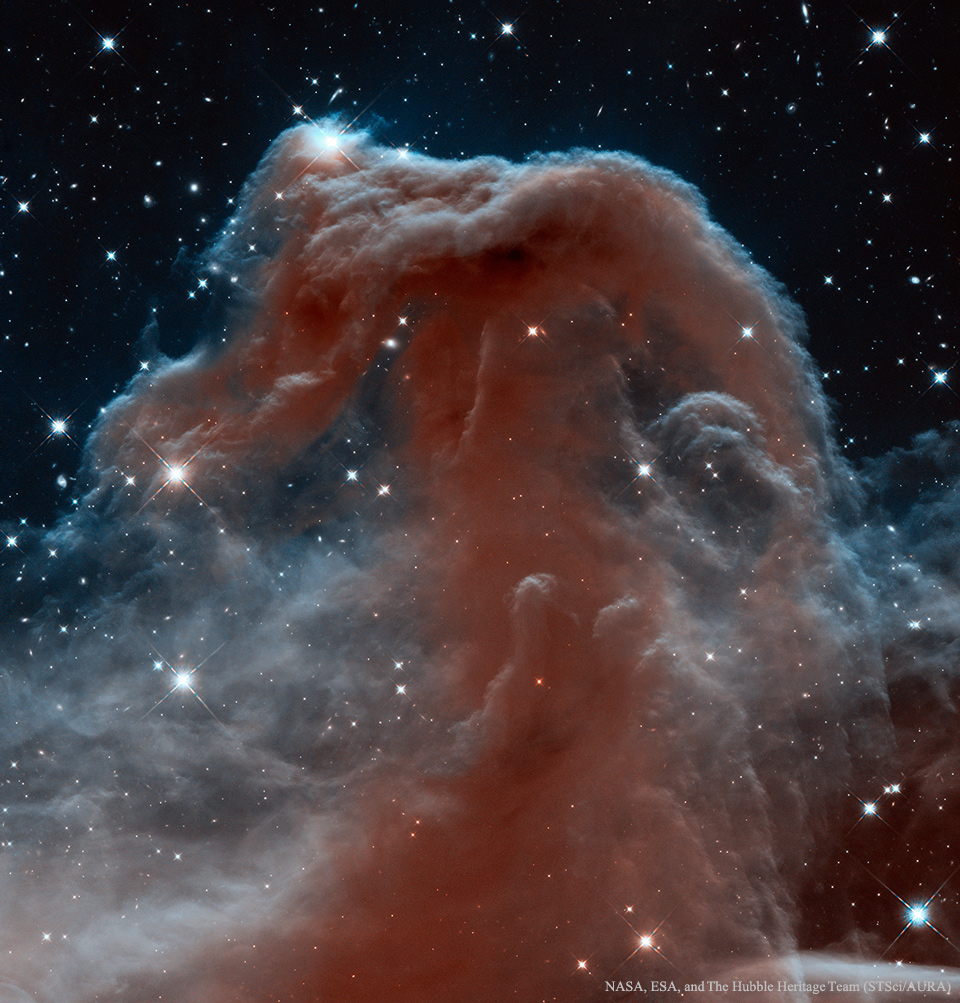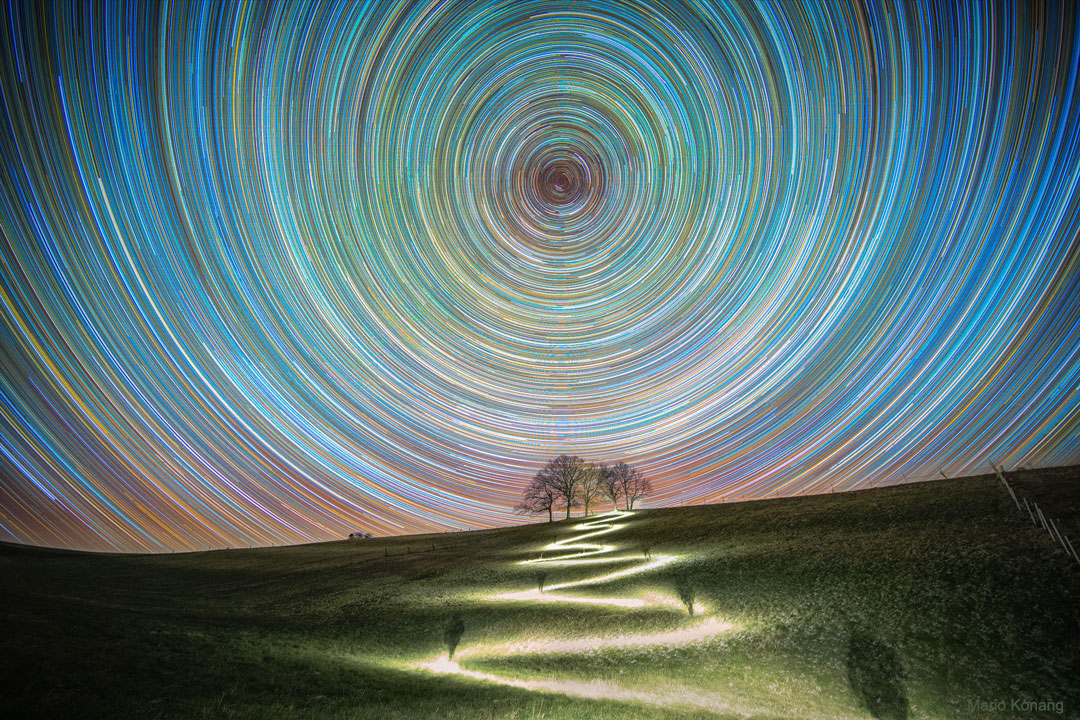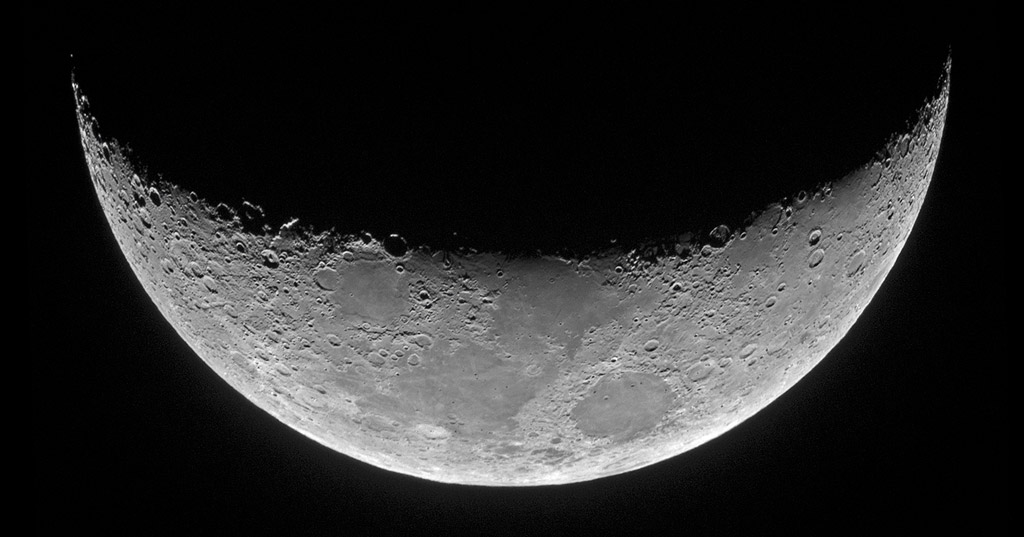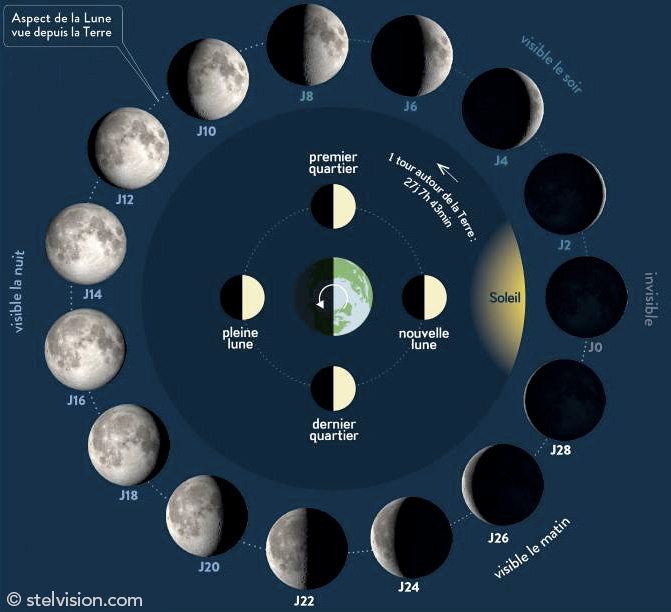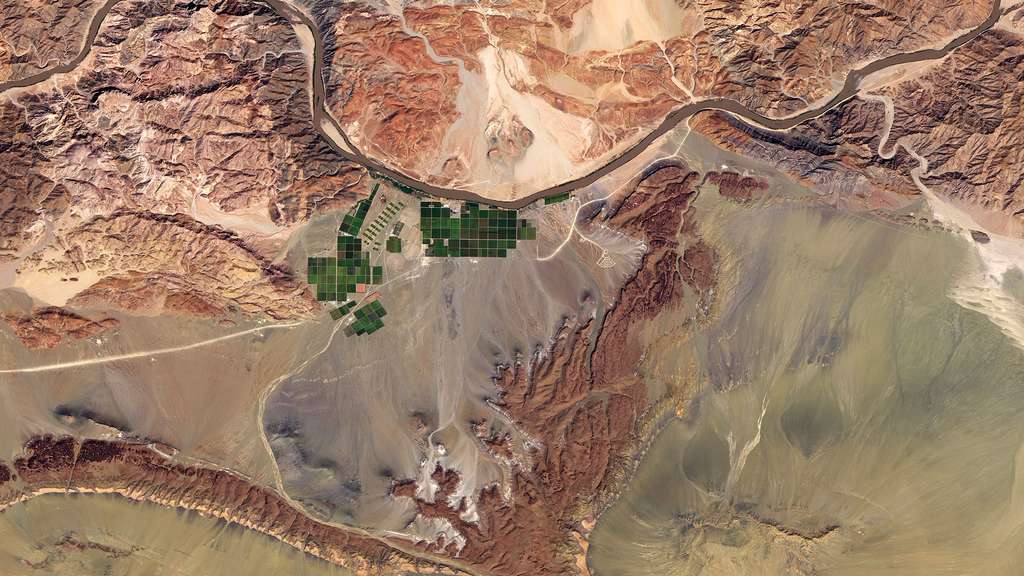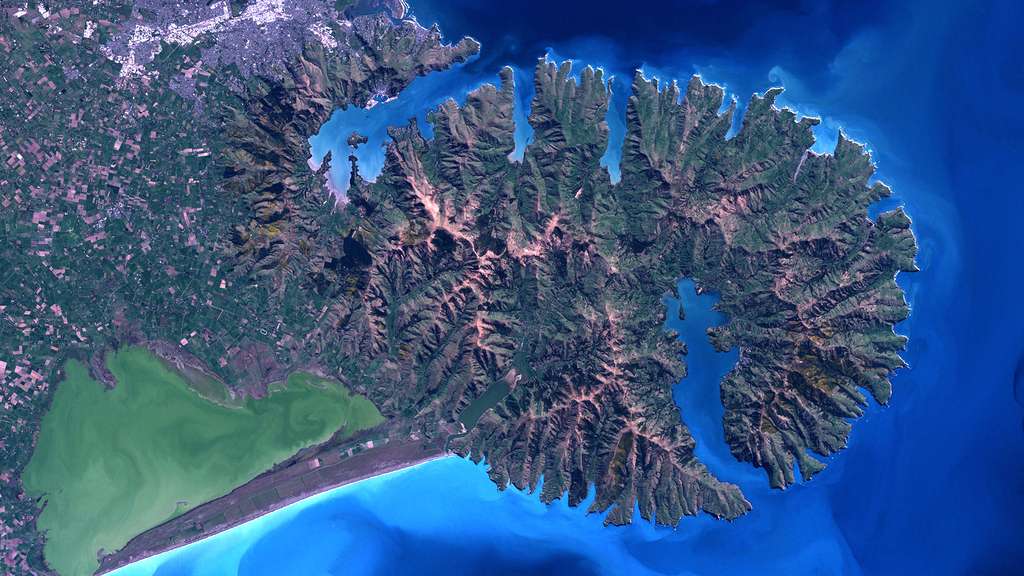
Deuxième plus grande ville de Nouvelle-Zélande, Christchurch est située sur la côte est de l'île du Sud, près de la pointe sud de la baie de Pegasus. Elle est bordée au nord par la rivière Waimakariri et au sud par la péninsule de Banks. L'île du Sud est parcourue de rivières en tresses qui charrient les roches arrachées aux Alpes du Sud et viennent nourrir les plaines alluviales de Canterbury. Ce type de rivières, faites de nombreuses connexions entre ses bras, est très rare. Hormis la Nouvelle-Zélande, on en trouve en Alaska, au Canada, et dans l'Himalaya. La péninsule de Banks se compose de deux volcans éteints qui se chevauchent, nommés Lyttelton et Akaroa. Inactifs depuis six millions d'années, ils se sont peu à peu érodés, passant d'une altitude de 1.500 à 500 mètres. On distingue deux grandes brèches dans les parois du cratère qui sont devenues des ports naturels, celui de Lyttelton au nord et celui d'Akaroa au sud.
© Nasa
